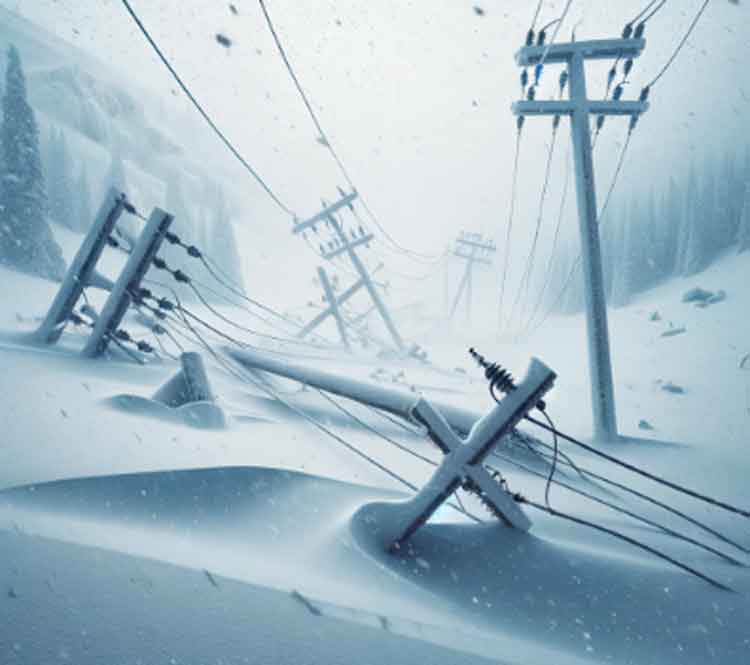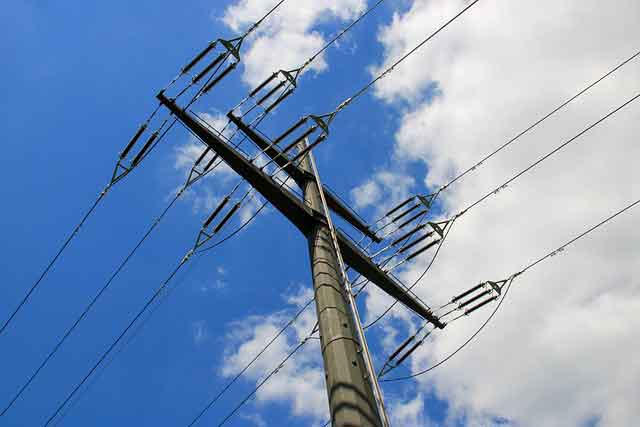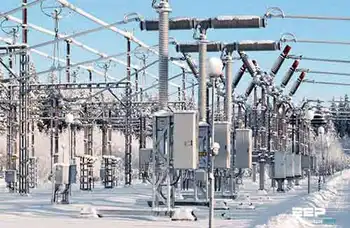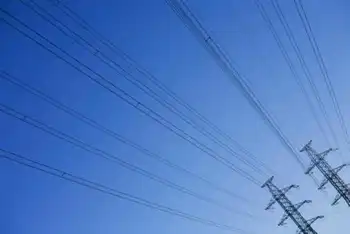Keep the grid going and reap rewards
By Bank Technology News
High Voltage Maintenance Training Online
Our customized live online or in‑person group training can be delivered to your staff at your location.

- Live Online
- 12 hours Instructor-led
- Group Training Available
While spiraling electricity costs are driven in part by increasing prices of resources such as coal and natural gas, lack of new generation capacity is also a major culprit. The June 30th issue of Forbes reported, "By as early as next year our demand for electricity will exceed reliable supply in New England, Texas and the West and, by 2011, in New York and the mid-Atlantic region." As a result, the article cautioned, "...get ready for spiking electricity rates, brownouts and even blackoutsÂ…."
But instead of simply putting up with higher bills and periodic service disruptions, bank chains have a unique opportunity to become part of the solution-and to profit from it at the same time. By leveraging Internet-enabled electricity load management technologies, banks can help to save the grid by automatically reducing peak demand during critical periods.
This enables utilities to assure reliable service (and perhaps avoid building additional power plants), while providing an opportunity for savvy banks to:
• Make money-by participating in utility-sponsored demand response programs, which can create generous financial incentives for banks that agree to reduce their electrical consumption during times of peak demand;
• Save money-by implementing energy management systems (EMS) that reduce electrical consumption 365 days a year; and,
• Improve the environment-through lowering energy consumption, which can dramatically reduce a bank's carbon footprint.
The premise behind demand response is simple. Utilities desperately need their customers to cut back on energy consumption during critical periods, and they're willing to pay them to do it. Demand response programs kick in when the electrical grid reaches a crisis point-for example, when too many air conditioners are churning on a hot summer day.
These "grid emergencies" or "peak demand" days will occur far more frequently as the demand for electricity goes up faster than new power plants can be put on line.
Banks hold especially tantalizing possibilities for reducing demand when the grid reaches the breaking point. What's even more exciting is that the entire process-from announcing a demand response event to adjusting set points and indoor lighting across an entire chain-can be completely automated, as demonstrated in a test last fall by California's Lawrence Berkeley National Laboratory.
The test involved chain retail stores in San Diego equipped with Site Controls' EMS systems to automatically control the stores' thermostats and lighting. It simulated a demand response event, and the stores determined in advance how much power they would be willing to shed during the event.
During the test, a computer system at the San Diego Gas & Electric company sent an automated demand response signal to a centralized system at Site Controls, which in turn automatically turned off a pre-determined number of overhead lights and raised the thermostat settings at the stores.
The results: With only six retail stores participating in the 37-minute test, the locations were able to reduce their electrical loads by 28 percent-returning 66kW of power to the grid without interfering with their customers' shopping experience. Multiply the load reductions by thousands of locations that can participate in demand response events, and that number begins to have a real impact by reducing electrical loads during times of peak usage.
The best news? Banks can get paid for participating in demand response programs by receiving rebates from their utility companies, while pre-set business rules ensure that customer comfort is not impacted.
In addition to periodic peak load management, EMS solutions also deliver compelling energy savings 365 days a year. At Site Controls, our customers have seen energy savings that range from 15 to 25 percent. For a typical 4,200 sq. ft. bank with monthly energy costs of $1,365 per location, the annual energy savings per bank can exceed $2,457 annually (figured conservatively). Multiply that by 300 branches and the savings can add up to $737,100.
With results such as these, Site Controls customers are seeing a complete payback on energy management systems in 18 months or less, based on energy savings alone. And by participating in Demand Response programs, banks have the opportunity to generate top-line revenue with no incremental costs.
Other benefits include reduced maintenance expenses, improved asset performance and increased operational visibility.
Banks can find the silver lining in the pending energy crisis by implementing EMS systems and engaging in Demand Response programs. But there's an additional benefit as well-in addition to helping "save the grid" while improving the bottom line, banks can dramatically reduce their carbon footprint.
Consider the earlier example of the mid-box bank with 300 branches averaging 4,200 sq. ft. each. The same reductions in energy usage that can save banks $737,100 per year have an environmental impact of:
• 8,731,800 pounds of carbon emissions reduced each year;
• 761 cars off the road each year;
• 532 households powered for one year;
• 13,098 trees planted each year.
This isn't greenwashing, either — these are real numbers that can be easily achieved by the EMS and demand response measures described. Taken together, banks can be a major part of the solution for reducing peak demand for electricity and protecting the environment-and they can boost their bottom line at the same time.











